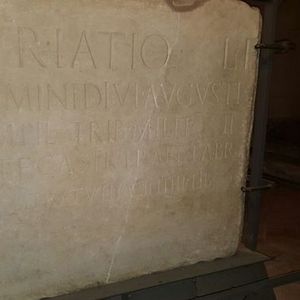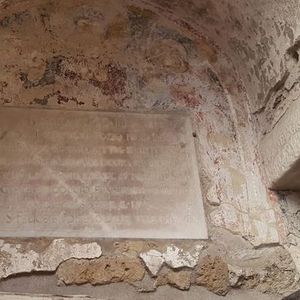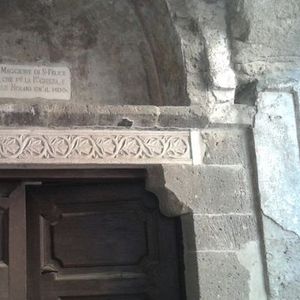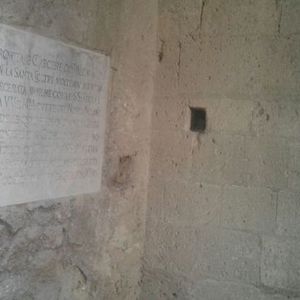Saint Felice lived in Nola during the Roman Empire, in a period when Christian Religion was developing and it was very opposed. Saint Felice became priest and in absence of the “Bishop” Massimo, he took the comand of the Church. On the fresco situated [...]
Istituto Comprensivo "F.lli Mercogliano - C. Guadagni"




